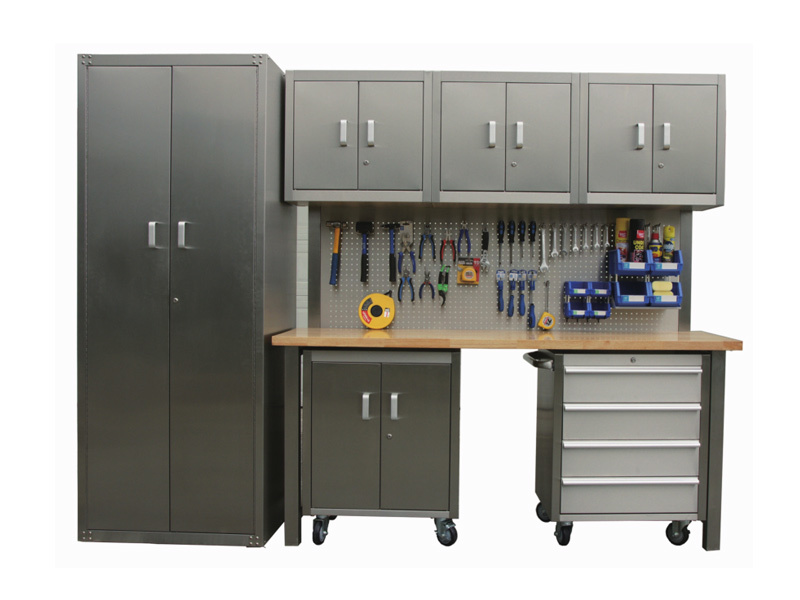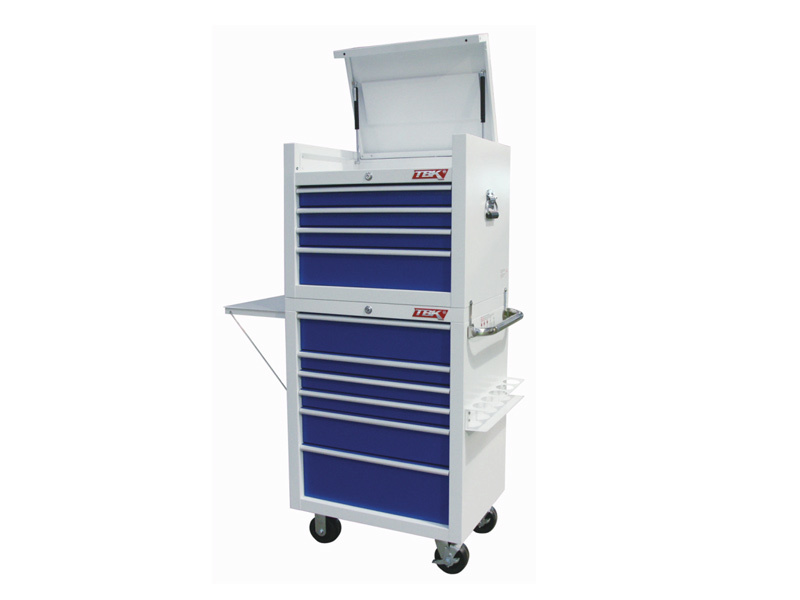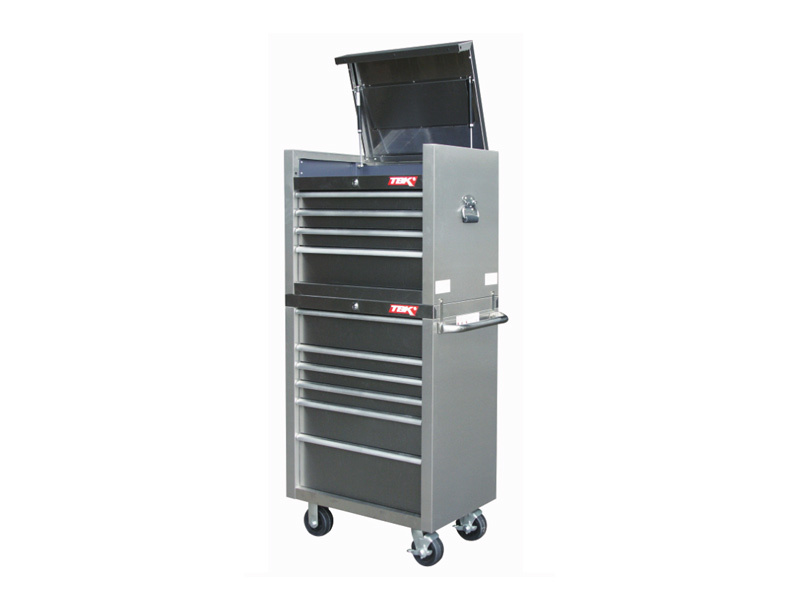Maximizing Efficiency with Tool Tables in Manufacturing
Release time:
May 16,2025
Tool tables are specialized work surfaces designed to hold various tools and components used in machining processes. They play a crucial role in ensuring that tools are organized and readily accessible, which is vital in maintaining an efficient production environment. By providing a centralized location for tool storage, tool tables help reduce time spent searching for equipment, allowing operato

Tool tables are specialized work surfaces designed to hold various tools and components used in machining processes. They play a crucial role in ensuring that tools are organized and readily accessible, which is vital in maintaining an efficient production environment. By providing a centralized location for tool storage, tool tables help reduce time spent searching for equipment, allowing operators to focus on their tasks.
One of the key features of tool tables is their design flexibility. They can be customized to suit specific needs, accommodating a range of tools, such as cutting instruments, drill bits, and measuring devices. This adaptability means that different manufacturing environments can benefit from tool tables, whether they are used in small workshops or large-scale production facilities.
Another significant advantage of tool tables is their potential to enhance safety in the workplace. A well-organized tool table minimizes the risk of accidents related to misplaced tools or cluttered workspaces. By keeping tools stored in designated areas, operators can avoid unnecessary hazards, promoting a safer working environment. Moreover, tool tables often come with features like built-in lighting or anti-slip surfaces, further contributing to safety and ergonomics.
In the context of machining, tool tables also facilitate better workflow management. When tools are efficiently organized and easily accessible, it reduces downtime and improves overall productivity. Operators can quickly switch between tasks, which is particularly beneficial in environments that require multitasking or rapid changes in production processes. This streamlined approach not only enhances efficiency but also leads to higher quality outputs.
Furthermore, tool tables can be integrated with technological advancements such as digital tool management systems. These systems help track tool usage, monitor wear and tear, and manage inventory levels. By incorporating technology into tool table setups, manufacturers can gain valuable insights into their operations, enabling better decision-making and resource allocation.
In conclusion, tool tables are invaluable assets in the manufacturing and machining sectors. Their ability to improve organization, enhance safety, and streamline workflows makes them essential for any production facility. By investing in a well-designed tool table, professionals can significantly boost their operational efficiency and maintain high standards of quality in their work. Understanding the role of tool tables and implementing them effectively can lead to enhanced productivity and a safer working environment in the ever-evolving landscape of manufacturing.
More information




